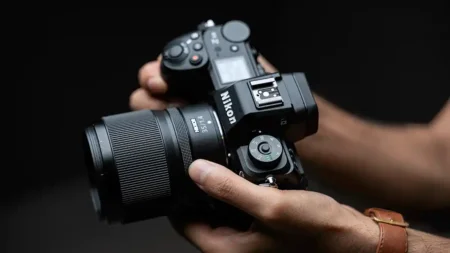Choosing a camera wildlife photography can be a complex undertaking. With so many different models and specifications, it’s best not to look at individual cameras (although we have some recommendations at the end), but instead distil down to the essence of what makes a camera good for wildlife photography. Below I’m going to break down into the key areas of what to look for when investing in a new camera to ensure you get the best bang for your buck when purchasing!
Sensor
With any camera, the sensor is arguably the most important aspect. As a pro photographer, I’m after the highest possible image quality. So choosing sensors that offer both great dynamic range and ISO performance is a top priority.
Good dynamic range ensures I can bring out all of the details from nature’s subjects, whilst having solid ISO performance is a must for when the light starts to fade… AKA when my subjects finally decide to come out! The combination of the two enables me to maintain higher shutter speeds to ensure sharpness, whilst being sure I’ll get fantastic raw files from my camera.
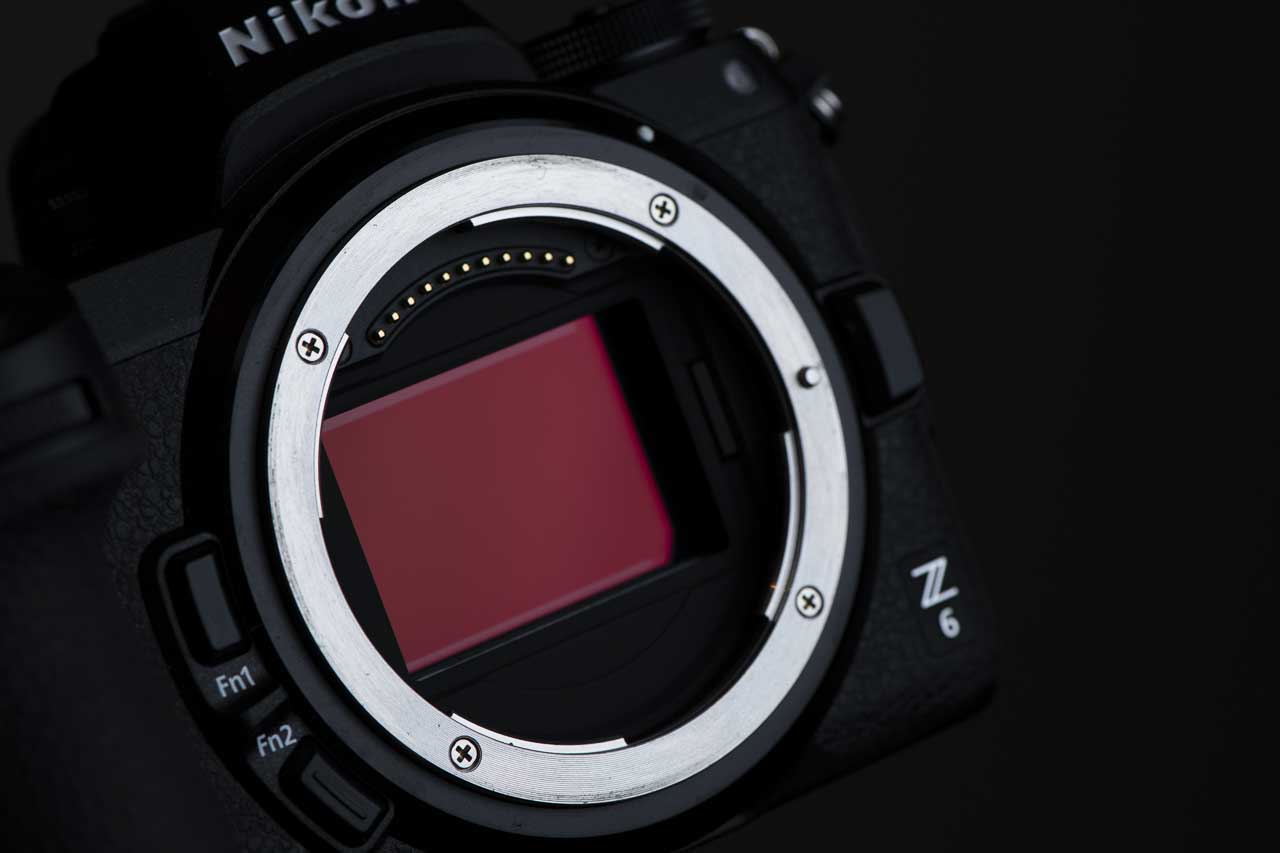
Format
In addition to the sensor’s quality, its size is also an important consideration for wildlife shooters. But with full-frame, APS-C and Micro Four Thirds options on the market, what’s best?
Well, often it depends on how you shoot, and of course what your budget is.
Most pros shoot either APS-C or full-frame because, although Micro Four Thirds offers some advantages in terms of compactness and crop factor, the small sensors can struggle to compete for dynamic range and ISO performance.
When choosing between full-frame and APS-C format, the choice is a little harder. Each has its own advantages.
APS-C format offers the crop factor benefit, meaning tighter images for telephoto work. That’s something a lot of bird photographers love. On the flip side, with full-frame sensors being larger, they often offer better ISO performance. They also allow you to capture shallower depth of field.
However, the increased availability of high megapixel full frame cameras, the crop factor advantage argument has in some ways been sidestepped. You can crop a high-resolution file and still get a large image. Nevertheless, the price contrast between APS-C and full frame cameras is high and is still be a driving factor for many.
As a side note, although my pro-level full-frame DSLR camera is my go-to, I still regularly use APS-C format cameras for certain assignments. That’s often because the AF sensor spread is better across the frame, which helps when tracking subjects.
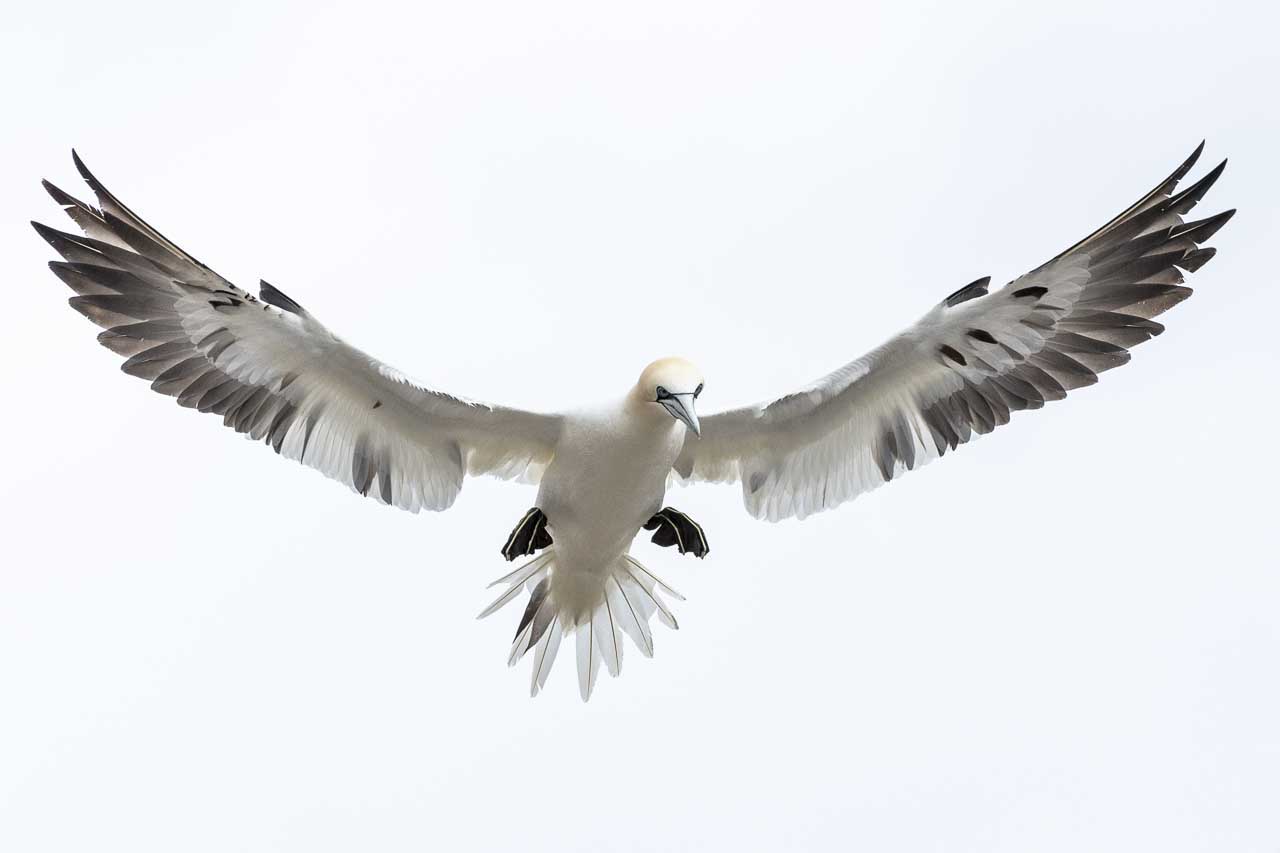
Focusing
Moving on from the sensor, one of the other major features to look for in a wildlife photography camera is class-leading autofocusing. Animals move, often and quickly, so keeping pace with them is key.
Modern DSLR AF systems vary. Lower-level bodies have AF systems that work well in good lighting but show their limits when pushed in challenging conditions. Top cameras not only have a higher count of AF points (useful in for composition as well as AF tracking), they also incorporate more cross-type sensors that add increased accuracy and functionality.
In addition, the cross-type sensors aid the camera’s ability to focus in low light situations. Some flagship models are able to focus down to -4 EV, ensuring critical focus lock-on even when it’s hard for your own eyes to see the subject! That’s also important when working with teleconverters that might take your maximum aperture smaller than f/5.6.
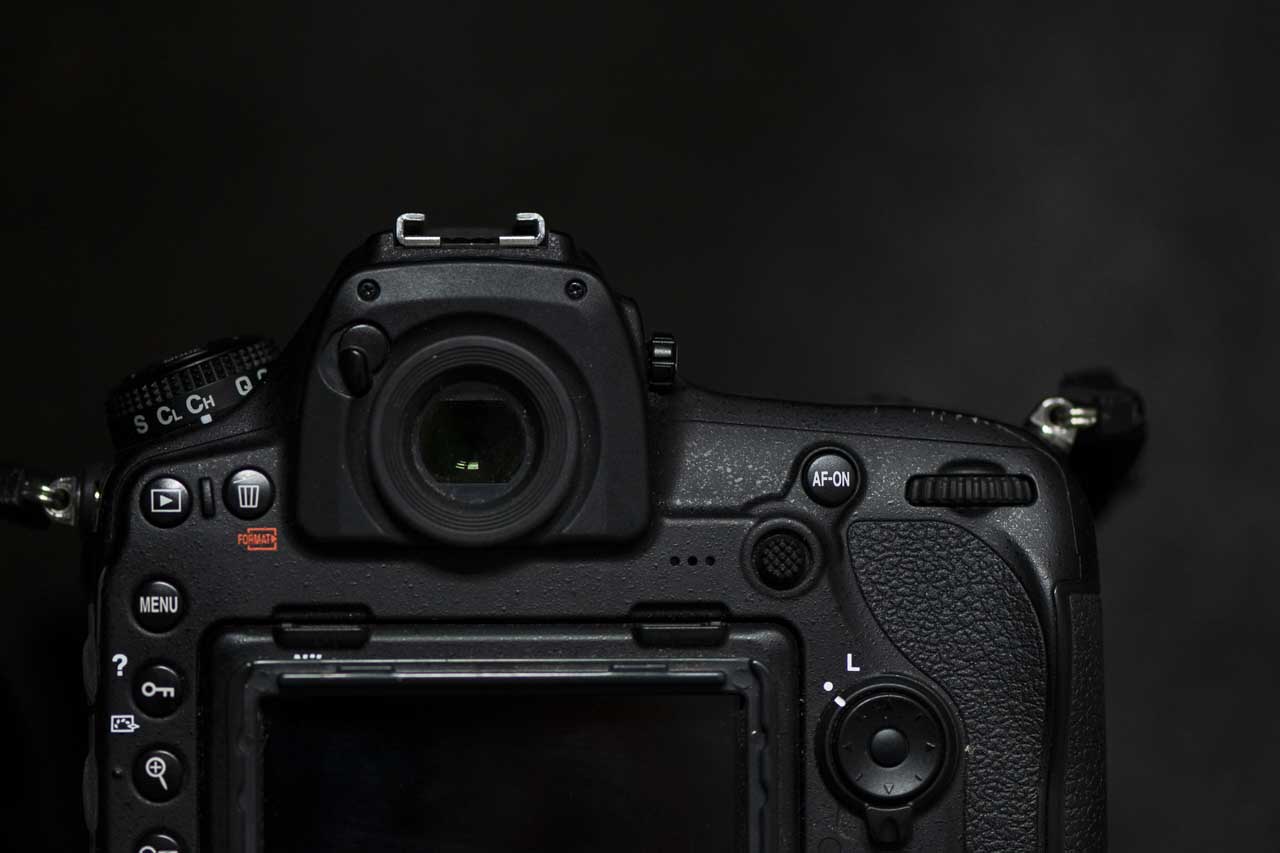
Build quality and layout
Of course, as someone who photographs wildlife, you’re going be outside in all kinds of conditions. You’ll be dragging your camera through muddy fields, wet grass, and of course laying down on sandy beaches in pursuit of those perfect shots. So build quality and weatherproofing are pretty darn important. Full metal alloy cameras offer the most durability. When paired with professional level weather-sealing to help keep the worst of the conditions out, you’re able to keep working through that hail, rain or snow storm!
In addition to the actual build quality, one area where cameras differ is with their external control. Being able to access features from dedicated buttons or dials is something I can’t stress the importance of enough. It’s something cheaper cameras often scrimp on. These external controls mean you don’t have to dive into a menu, thus keeping your eye at the viewfinder for those critical and fleeting moments with wildlife.
A last thing to consider in terms of a camera’s build is the way it balances. Although smaller cameras might be appealing as they are lighter to carry and great for travelling, more weighty and larger models often lend themselves better to use with longer lenses. Their added heft helps to better balance the camera, reducing the front heavy nature when working with a telephoto or super-telephoto lens. This reduces fatigue and helps you to be more stable when shooting handheld. It might seem counter-intuitive, but when you have a tiny camera on a big lens and the weight is constantly dropping forwards, you’ll wish for a more hefty camera!
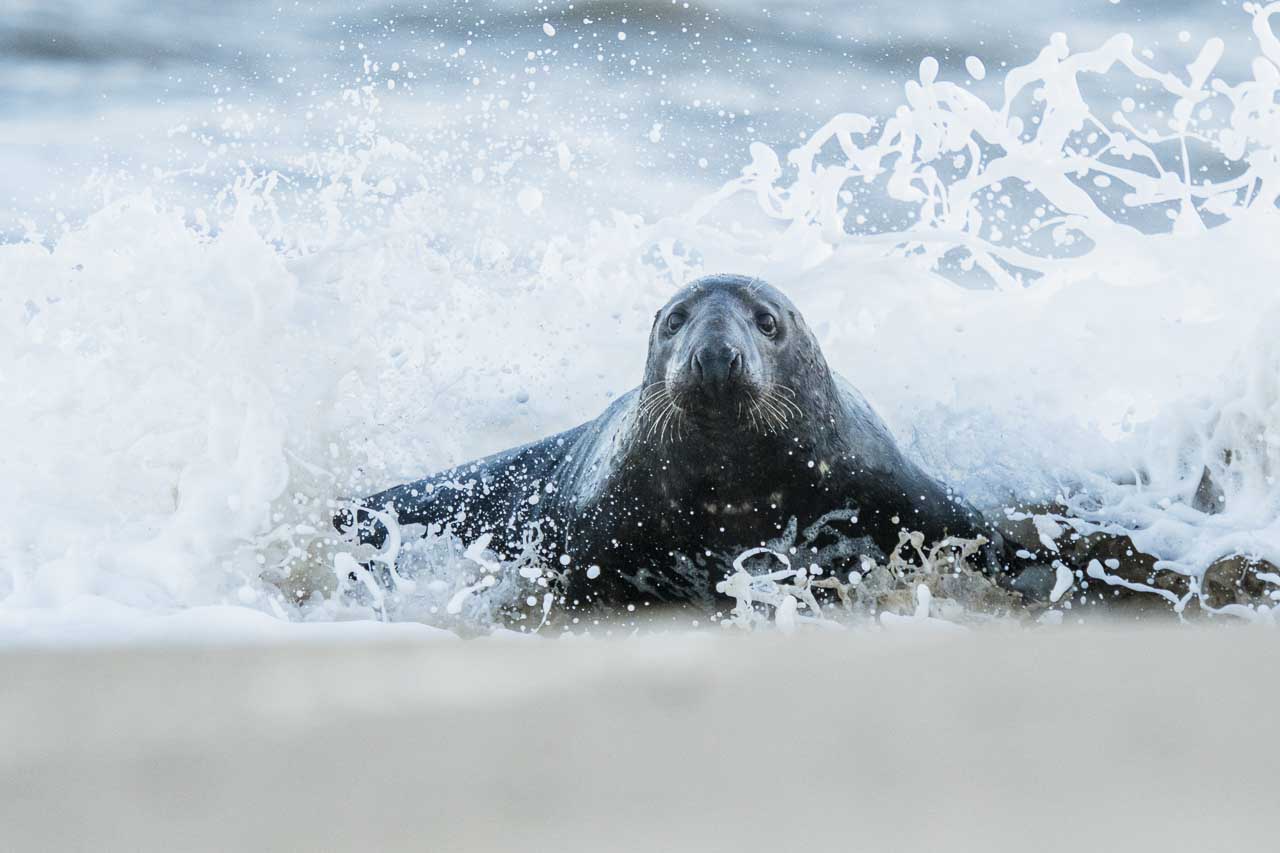
Continuous Shooting Rate and Buffer Size
Some people obsess about frame rates because they think having 14fps (frames per second) will enable them to capture the perfect shot. It won’t. You’ll still need to time it right, compose carefully and have your settings correct.
All a high frame rate will do is increase the number of shots you get in a given moment.
Personally, I think great AF performance and understanding when to press the shutter release is of far greater importance. Especially if trading a few fps enables me to have a camera with increased resolution for more detailed images.
In some cases, however, a higher fps is certainly a great feature to have. For example, if you’re trying to capture fast-moving birds or consistent action sequences.
When considering the continuous shooting rate, it’s important to note that even though a camera might offer a high burst rate; the buffer is also important. It might seem amazing to have the high rate, but if the buffer locks up the camera after a second of shooting, you’ll be cursing as the camera slowly writes images to the card and you miss the shot you wanted.
For facilitating a large buffer, the processing power and media type a camera uses can be very important. Older SD cards and dated formats might struggle with lightning-quick shooting, while faster formats such as XQD write phenomenally fast, often being able to keep up with prolonged sequences of shooting without ever getting near the limit. And if you’re tracking a lion on the final moments of a hunt, you’ll want to make sure you can keep on shooting!
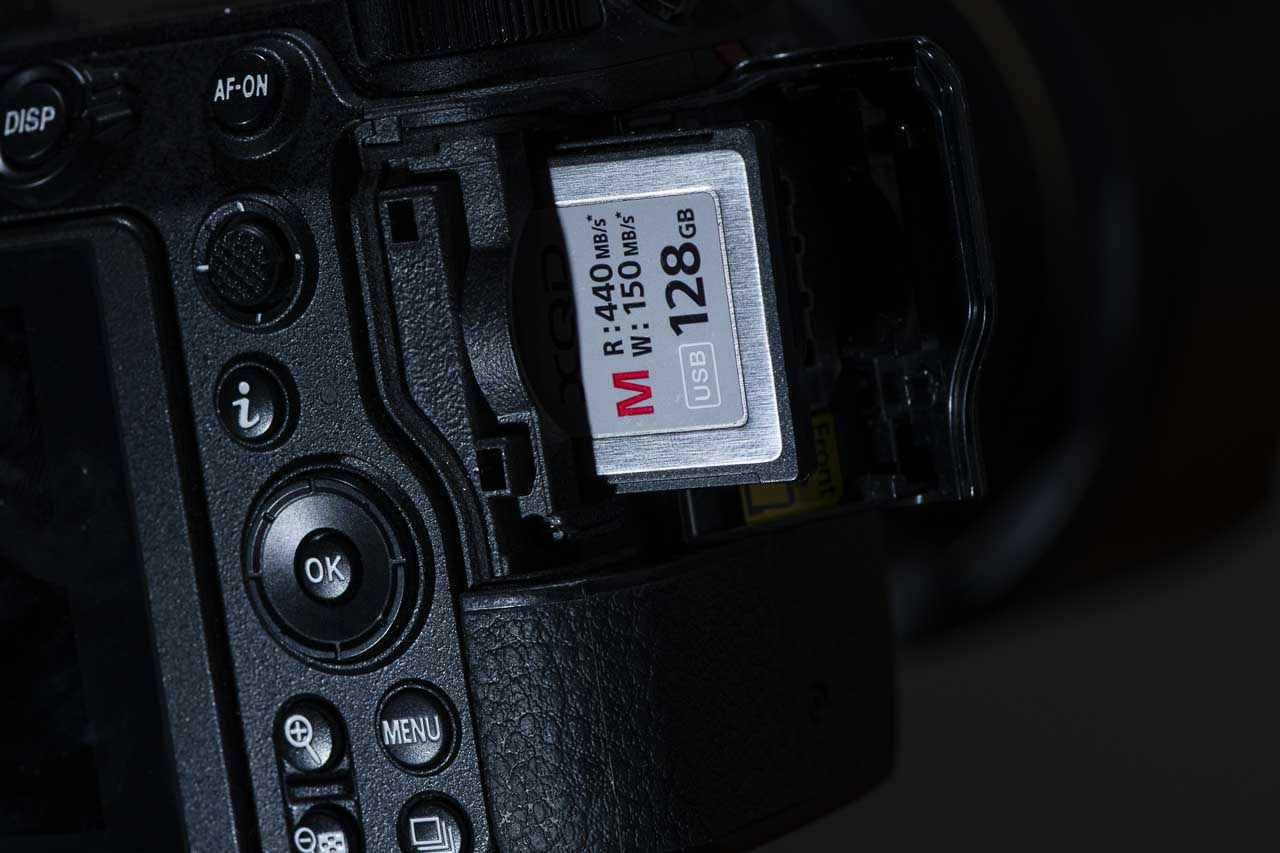
Lens Choice
Do remember that a lot of the time with wildlife photography, the lenses are the real investment. If you’re thinking about spending a good chunk of change on a camera, be sure to assess the available lenses as well. A fantastic camera with poor lenses will never give the best results.
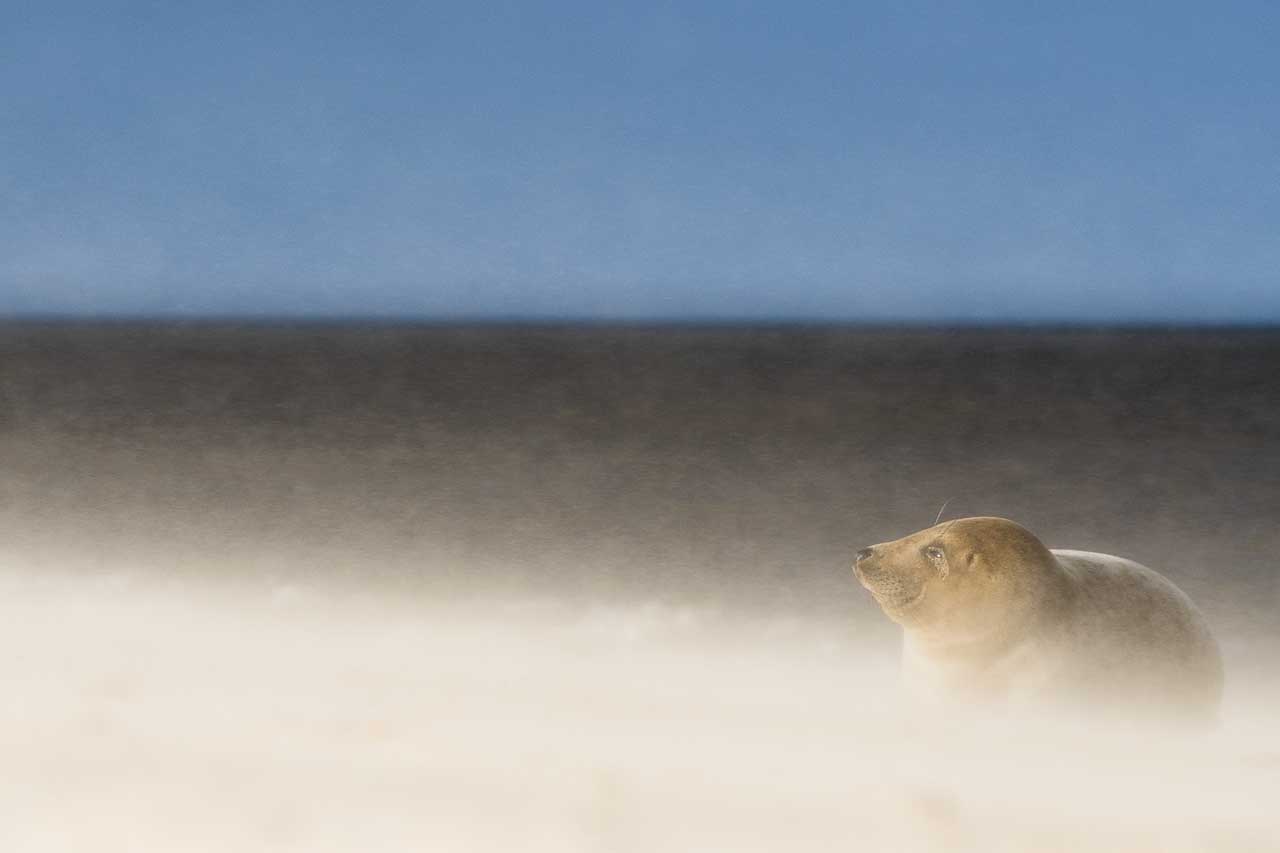
Tom’s Recommendations
So above are some of the main areas to consider when deciding on a camera for wildlife photography. Looking through the list, you’ll soon realise that a lot comes into play. And it really demands a high-performance camera across the board, something that can be an issue for the wallet!
If budget is an issue, an older used camera can be a great solution. Flagship models that are a couple of years old offer great specs without the hefty price tags. And with countless pros still working with them in the field, you have no need to worry that they’re not up to the task!
As for my personal recommendations, they have to go to the Nikon D850 and D500.
Nikon D850
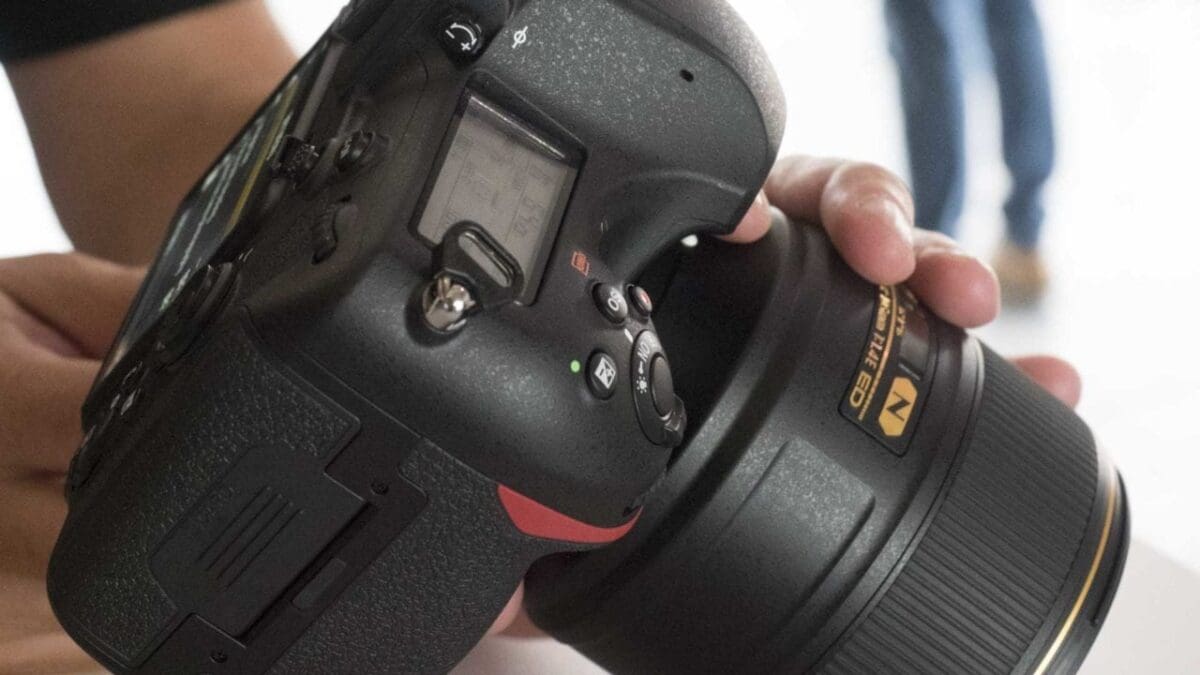
A fantastic full-frame all-rounder that is hard to beat
Sensor: FX (full-frame) CMOS | Megapixels: 45.7 | Lens Mount: Nikon F | AF System: Multi-CAM 20K autofocus sensor module, 153 focus points (including 99 cross-type, of which 55 are available for selection) Viewfinder: Eye-level pentaprism (optical viewfinder), 100% coverage, 0.75x magnification | Screen: 3.2-inch touch-sensitive tilting LCD, 2359k-dots | Max video resolution: 4K Max frame rate: 7fps/9fps
Pros: High-resolution sensor, outstanding battery life, superb AF
The D850 is a class-leading FX (full-frame) camera that is my go-to for almost all situations. The incredible 45MP sensor renders images with such amazing detail and the ISO performance and AF is exceptional.
For some, the reduced frame rate of 7fps may seem a downside. However, I’ve never found it a problem for how I shoot.
Priced at over £3000 it’s not a cheap camera, but as an all-round nature photographer’s camera, it’s truly hard to beat right now.
Nikon D500
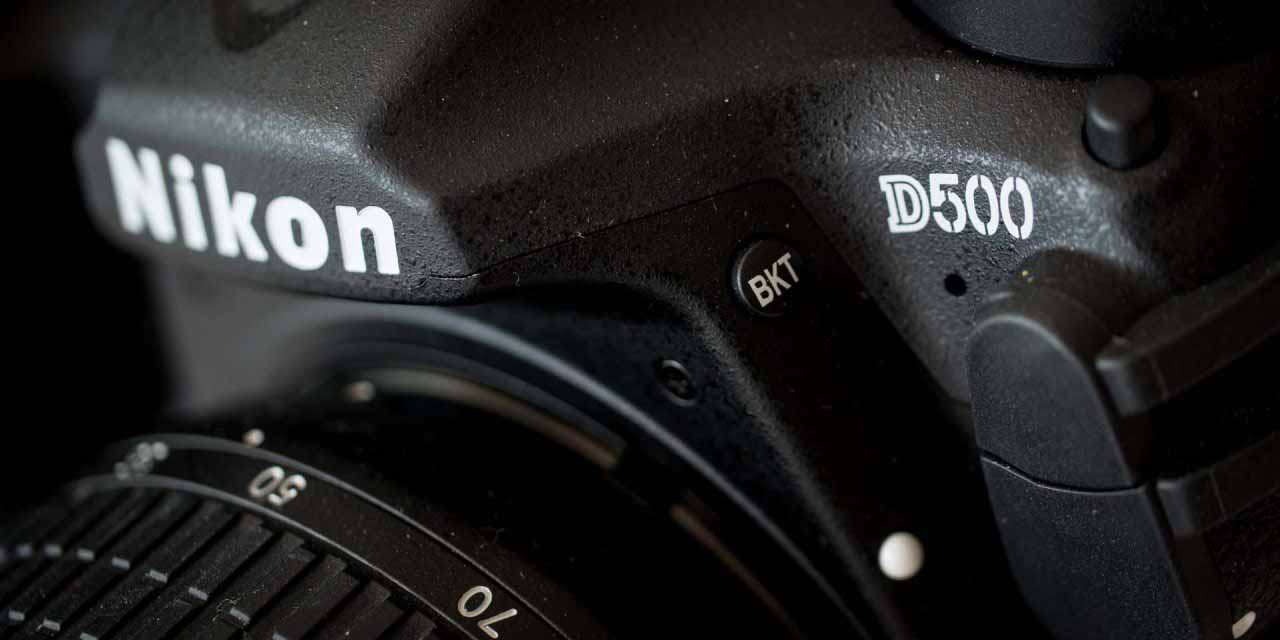
A superb APS-C format camera that’s suited to shooting a wide variety of subjects
Sensor: APS-C CMOS | Megapixels: 20.9 | Lens Mount: Nikon F Mount | AF System: Phase Detection AF | 153 point | Viewfinder: Optical pentaprism, 100% coverage, 1.0x magnification | Screen: 3.2-inch, tilting, 2359k-dot, touch-sensitive | Max video resolution: 4K | Max frame rate: 10fps
Pros: Touch-sensitive screen, dual card slots
The D500 is my back up. It has an APS-C format sensor and with it comes 10fps shooting and tighter framing for my long lenses. There’s also a better AF point spread that comes in handy when working with fast-moving subjects and tracking birds in flight.
At around £1700, the D500 is a lot of camera for the money. It’s probably my top pick for many shooters who want class-leading performance at a slightly reduced price.
Both cameras are rugged and dependable and I have shot with them on projects in some horrible conditions, from the Amazon rainforest to windswept beaches, and neither have ever let me down!
Of course, if you’re not a Nikon shooter, cameras within your own system that have similar specifications will be perfect for getting out and photographing wildlife. Here are some other options from the Camera Jabber team.
Other Cameras for Photographing Wildlife
Sony A9
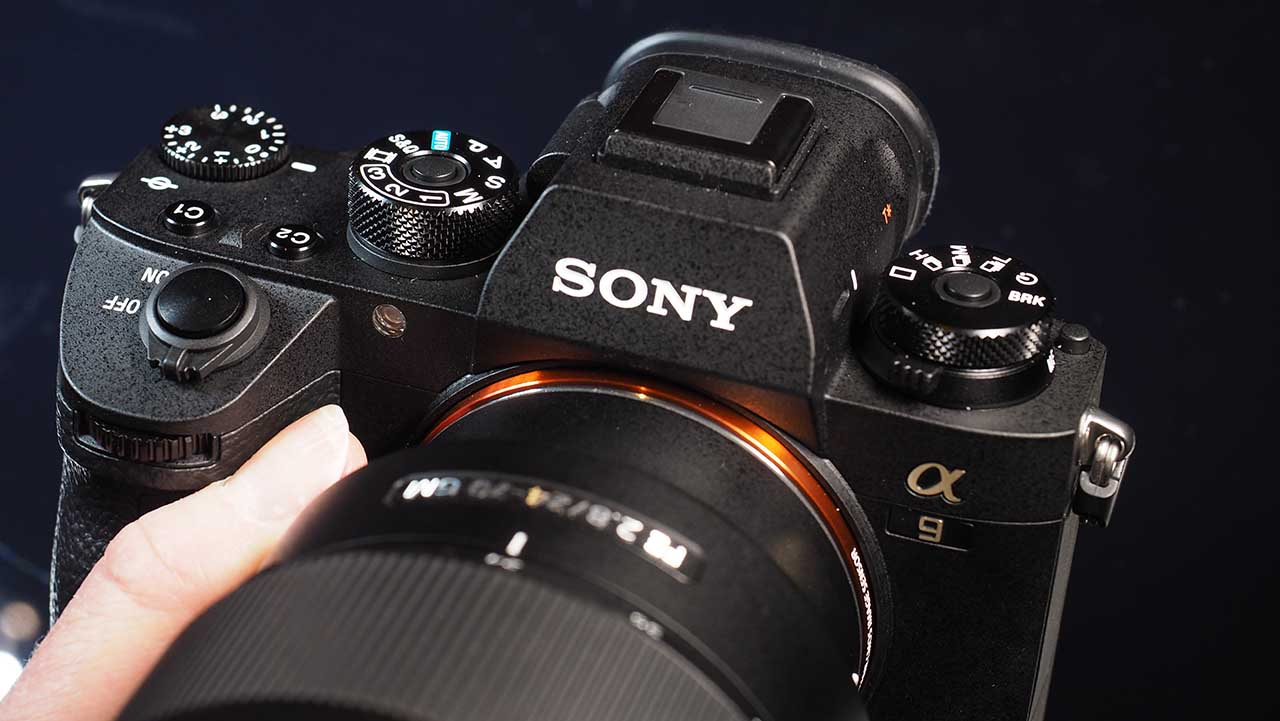
Possibly the best camera in the world right now
Sensor: Stacked CMOS | Megapixels: 24.2 | Lens Mount: Sony E | AF System: Hybrid AF; 693-point wide-area phase-detection, 25 points contrast detect | Viewfinder: 0.5-inch electronic viewfinder, 3,6m-dot, 100% coverage | Screen: 3-inch, 1.4m-dot, tilting, touch-sensitive Max video resolution: 4K | Max frame rate: 20fps
Pros: 20fps silent shooting, Small and lightweight
Sony introduced the A9 to compete with Nikon’s D5 and Canon’s EOS-1DX Mark II and it does that well in many ways. However, it’s especially suited to photographing wildlife. Its hybrid AF system has 693 phase detection AF points and it’s brilliant at latching onto and tracking moving subjects. What’s more, Sony has promised to update its impressive Eye AF system to work with animal’s eyes this summer. You can see it in action on the Sony A7R III in the video below:
This AF performance is paired with a blistering 20fps continuous shooting rate with AF & AE tracking for up to 241 raw or 362 Jpeg images.
As it’s a mirrorless camera the Sony A9 has an electronic viewfinder which means you can see the impact of the camera settings. It’s a 0.5-inch 3,600,000-dot device so you get a superb view of the scene.
It’s a cracking camera but you’re likely to need an extra battery or two to keep it shooting all day.
Canon EOS-1DX Mark II
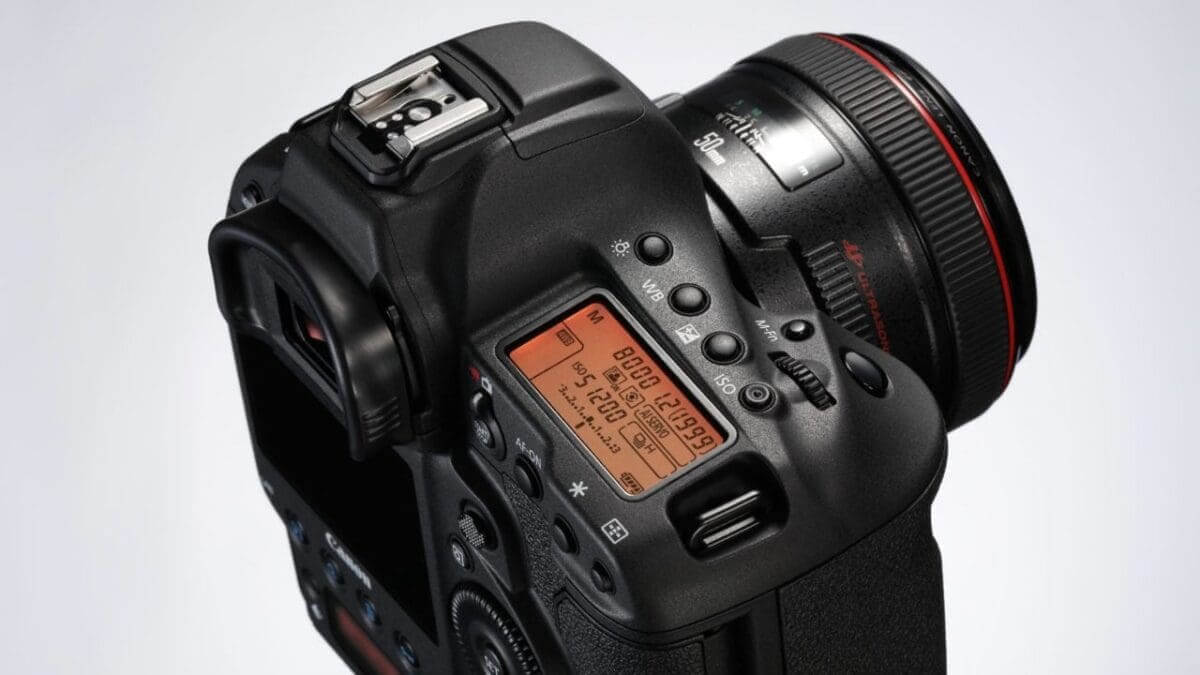
Canon EOS 1DX Mark II
A great choice of camera for sports and wildlife photography
Sensor: Full-frame CMOS | Megapixels: 20.2 | Lens Mount: Canon EF | AF System: 61 point / 41 cross-type / 5 dual cross type at f/2.8 (all individually selectable) Viewfinder: Pentaprism (optical viewfinder), 100% coverage, 0.76x magnification | Screen: 3.2-inch fixed LCD, touch-sensitive, 1620k-dots Max video resolution: 4K | Max frame rate: 14fps
Pros: Superb AF, touch-sensitive screen
Canon’s 20.2Mp flagship DSLR has an incredible 61-point AF system that works in near-dark and a maximum continuous shooting rate of 14fps.
It’s big and it’s heavy, but it’s built to last and has excellent weather-sealing. It’s also a twin-gripped camera which makes it easier to use with long, heavy lenses.
Despite the relatively modest pixel count, the images from the 1DX II are first-rate. This is a workhorse of a camera that will deliver the goods in a wider range of conditions.
Olympus OM-D E-M1X
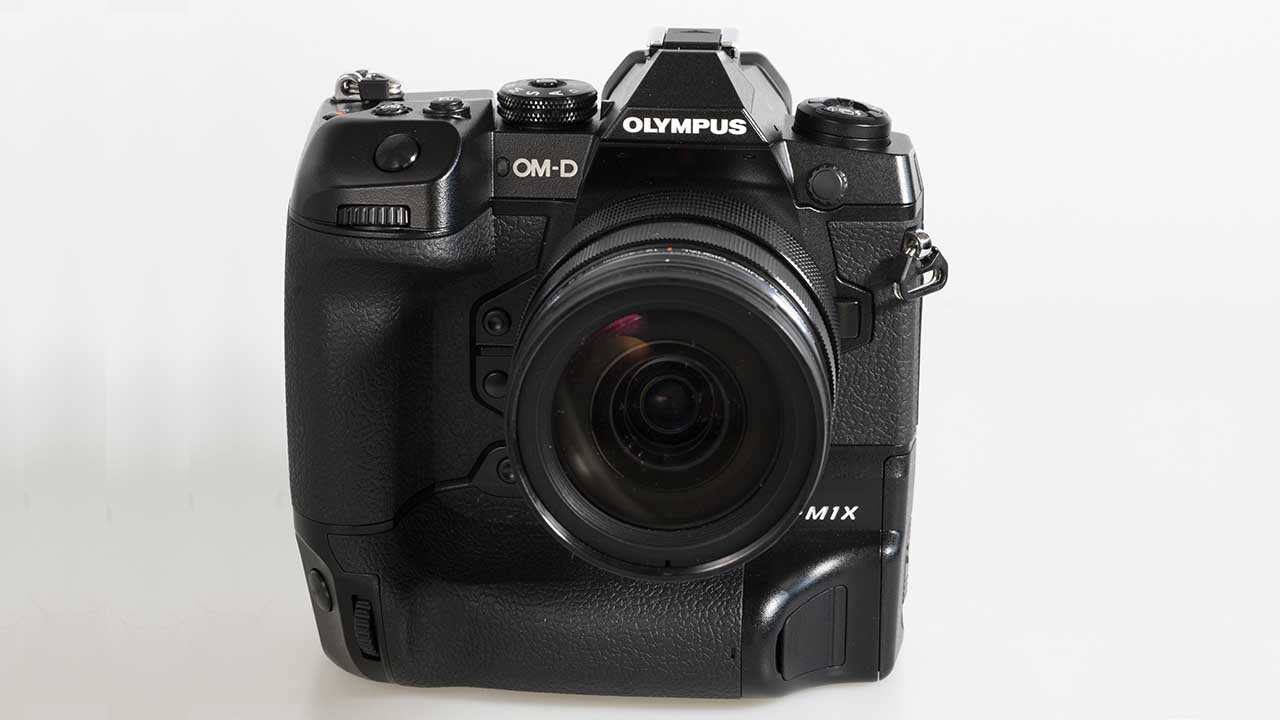
Much bigger than the average Micro Four Thirds camera but designed for use with long lenses
Sensor: Four Thirds Type CMOS | Megapixels: 20.4 | Lens Mount: Micro Four Thirds | AF System: 121-point / all cross-type / hybrid system Viewfinder: EVF, 100% coverage, 2,360,000 dots | Screen: 3.0-inch touch-sensitive vari-angle LCD, 1,037,000 dots Max video resolution: 4K | Max frame rate: 18fps with C-AF
A few months ago the Olympus OM-D E-M1 II would’ve taken this slot, but Olympus has introduced the OM-D E-M1X with wildlife photographers specifically in mind.
It has the same 20.4Mp Four Thirds-type sensor as the E-M1 II, but it’s joined by two Truepic VIII processing engines to boost performance.
The AF system has also been reworked and is claimed to operate at down to -6EV. In addition, there’s a new intelligent subject detection mode. When this is activated the camera can detect and focus on specific subjects automatically. At the moment, this is limited to Motorsports, Airplanes and Trains, but more are promised and wildlife is on the list.
In the standard sequential shooting mode, the maximum shooting rate with continuous autofocusing is 10fps for up to 283 raw files.
However, there’s also Olympus’s Pro Capture mode. In its Low setting this enables 18fps shooting with continuous focusing. It records 35 images immediately before the shutter button is press and 100 from immediately after.
Although Micro Four Thirds lenses are smaller and lighter than their full-frame counterparts, Olympus has built the E-M1X to work well with long lenses. As such, it has two hefty grips, one for shooting in landscape orientation and the other for portrait orientation. It’s also dust-proof, splash-proof and freezeproof (-10°C) to more than IPX standard.
